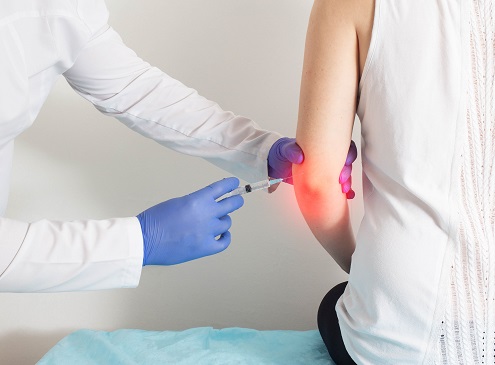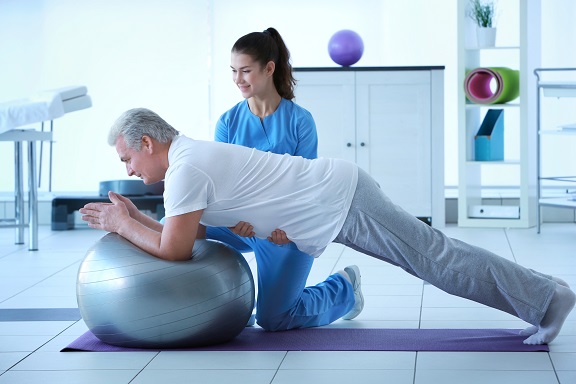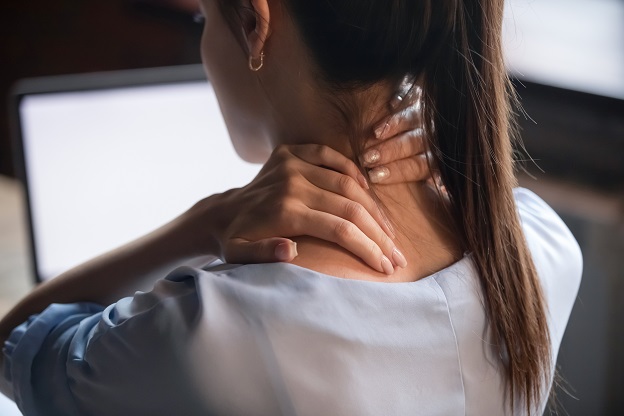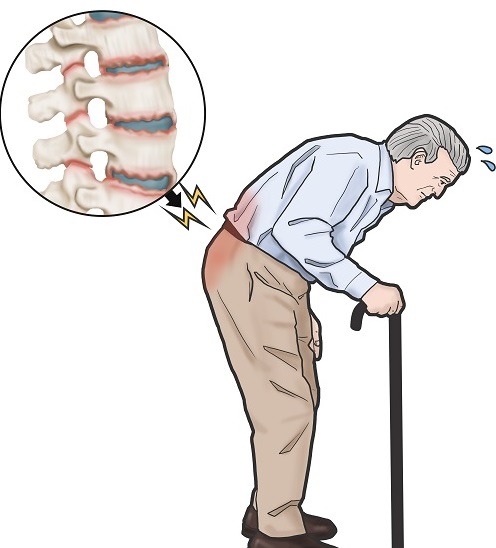STROKE AND REHABILITATION
Stroke is the most common and serious neurological problem affecting a large number of people in the world. It occurs as a result of obstruction or rupture of the brain vessels and bleeding in the brain. It is the third cause of death after heart disease and cancer. After stroke, 50-70% of survivors regain their functional independence, while 15-30% have permanent disabilities.
Depending on the location of the brain disorder, the patient's clinic varies. Most often, the half-paralysis (hemiplegia) table, that is, the loss of strength in the arm and leg on the opposite side of the affected brain side develops. On the paralyzed side, the sensation may deteriorate, the patient may lose balance, his vision, speech, swallowing functions may be impaired.
Who has a stroke, what are the risk factors?
There is no medical treatment yet that can reverse the sequels caused by a completed stroke, so it is extremely important that the risk factors are known and used to prevent stroke. Age, gender, race/ethnic group, genetic predisposition and family history are irreparable risk factors. Other risk factors can be changed or controlled. Stroke is 19% higher in men than in women. Stroke is mainly an elderly disease, 72% of strokes occur over the age of 65. The risk of stroke after the age of 55 doubles every decade that life goes on.
Hypertension is the most important risk factor. Heart disease, especially atherosclerotic heart diseases associated with hypertension, is another important risk factor. Diabetes doubles the risk of stroke. It was found that smoking habits increased the risk of stroke and within five years of quitting, the risk dropped to normal population levels. It is known that high cholesterol levels increase the risk of stroke due to coronary artery disease and increase the frequency of atherosclerosis (vascular stiffness). Obesity indirectly increases the risk of stroke. Patients with strokes have a high risk of re-stroke. The risk of recurrence of stroke is highest in the early period. The risk of recurrence within 5 years varies between 25% and 42%. Therefore, all precautions should be taken and the patient monitored for the aforementioned risk factors.
Recovery in Stroke
It has been shown that most stroke patients improve significantly over time. The healing process varies from patient to patient. Improvement in the elimination of pathologies such as ischemia, edema and bleeding in the brain occurs in the first weeks. Then, the improvement continues with structural and functional reorganization (neuroplasticity) in the brain. This reorganization can take months. Studies show that the adult brain has significant potential for functional reorganization.
Motor recovery in stroke patients is rapid in the early period, usually occurs in the first 3 months and can continue until the sixth month. Early improvements can give an idea of the improvement in the later period, about the prognosis. Speech impairment can take a year to heal. Improvement of detection functions occurs in the first 3-6 months, but up to a year of improvement may continue, albeit slightly. Neuroplasticity is the basis of recovery. The patient's active participation in treatment programs has been shown to positively affect functional reorganization in the brain and increase healing.
Rehabilitation
The rehabilitation of the stroke patient should be considered as all activities that begin in the acute period, which include return to home, society, work and lifelong follow-up as well as the postal period.
In addition to medical treatment in the acute period, rehabilitation treatments should be started immediately. Because many of the problems are caused by loss of immobility and physiological fitness. Mobilization is targeted as early as possible. Attention should be paid to the bearing position. Pillows under the shoulder and elbow should be placed, rolls of towels should be placed on the palm. The leg should be extended, supported with a sandbag to prevent it from turning outward. The ankle should be kept upright at 90°. In order to prevent pressure wounds, the patient's position should be changed every two hours. The patient should be admitted face down for a short period of time from time to time. Initially, the exercises are performed passively, but the patient should be involved as early as possible. The patient's ability to rotate in the bed, change position, sit in and on the edge of the bed, switch to a wheelchair, stand and walk should be done gradually according to the patient's condition and the patient should be encouraged.
Conventional and neurophysiological treatment methods are used in the rehabilitation of the stroke patient. In addition, functional electrical stimulation, biofeedback techniques and the use of orthosis are also very important. With conventional treatment, exercises aimed at maintaining joint mobility and strengthening muscles are performed and the patient is mobilized. Neuromuscular reedukation techniques and therapeutic exercises are used as neurophysiological treatment methods. The goal is to regain lost engine capabilities. Electrical stimulation is used to increase muscle strength, reduce edema, regain impaired joint sensation, improve active movements. Biofeedback is a treatment method that allows the patient to be aware of their body functions and to change them involuntarily by giving visual and auditory signals about physiological events that they are not aware of at the level of consciousness. During the treatment process, the patient can be given auxiliary devices such as orthosis, cane, walker, crutches to walk and the use of them is taught to the patient. In order to be as independent as possible in the self-care activities of the patient, work and effort treatment is performed.
Rehabilitation treatment should be started as early as possible. The sooner it starts, the more successful it will be. The treatment program should be tailored to the patient and according to the seriousness of the patient's losses. Rehabilitation is a team effort. The patient and his family should also be included and trained in the team. The treatment process is usually a challenging and patient process.
Stroke Protection
Hypertension: Blood pressure should be measured in adults at least every 2 years, lifestyle should be changed; alcohol and salt intake should be restricted, weight control should be maintained, and if necessary, medication should be started for hypertension.
Smoking: The patient and his family should be strongly supported to stop smoking and counseling services should be used in this regard
Diabetes: Keeping blood sugar under control with diet, medical treatment is recommended.
Heart Disease, atherosclerotic carotid disease (vascular stiffness and narrowing): Medical treatments and controls deemed necessary should not be disrupted and surgical treatment should be planned if necessary.
Hyperlipidemia: Should be controlled by diet and medical treatment if necessary
Weight: Diet and exercise should provide weight control
Alcohol: Strongly encouraged and alcohol cessation programs should be implemented to help patients and their families avoid excessive alcohol consumption
Physical Inactivity: Moderate exercise program (brisk walking, cycling or other aerobic activity). Programs under medical supervision in high-risk patients (such as the presence of heart disease) and tailored programs should also be made to patients with physical/neurological losses
-Rehabilitasyonu.jpg)





